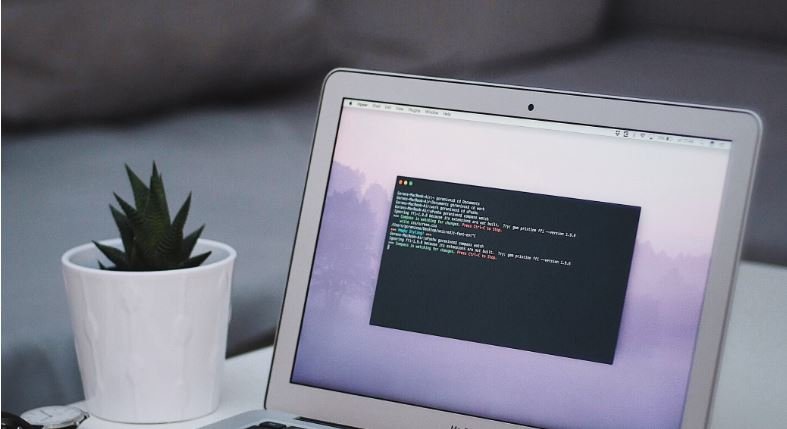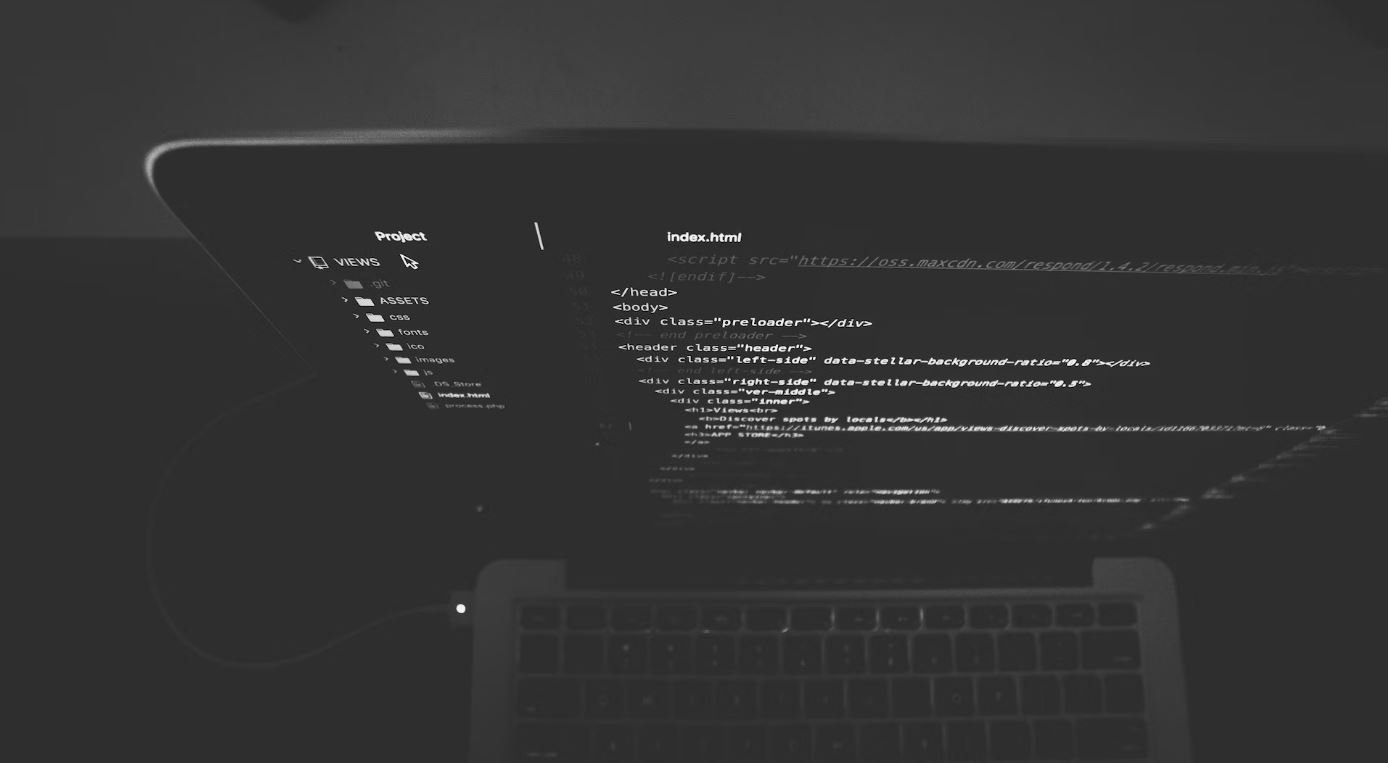OpenAI Is Not Open
OpenAI, the artificial intelligence research lab, was founded with the mission to ensure that artificial general intelligence (AGI) benefits all of humanity. However, despite its name, OpenAI is not entirely open in terms of access to its research and technology.
Key Takeaways:
- OpenAI, despite its name, does not provide open access to its research and technology.
- Access to OpenAI’s advanced models, including GPT-3, requires partnership agreements and is not freely available to the public.
- OpenAI’s decision to restrict access is driven by concerns about the potential misuse and malicious applications of its technology.
- The lack of full openness raises questions about equity and access to cutting-edge AI advancements.
While OpenAI has published some research papers and made certain models available, it does not adhere to the traditional definition of “open” where information is freely accessible to everyone. Access to OpenAI’s most advanced models, such as GPT-3, is limited and requires partnership agreements. This means that the general public does not have free access to explore and develop on top of these models.
*Despite the restricted access*, OpenAI’s decision to limit availability is driven by concerns about potential misuse and the development of harmful applications. By taking a cautious approach, OpenAI aims to ensure that its technology is used responsibly and prevents it from falling into the wrong hands.
The Issue of Equity and Access
OpenAI’s decision to limit access to its technology raises questions about equity and access to cutting-edge AI advancements. Without open access, only those with the resources and the ability to enter partnership agreements with OpenAI can benefit from its most advanced models. This creates a potential divide between those who have access to powerful AI tools and those who don’t.
Furthermore, OpenAI’s decision also affects researchers who rely on open access to build upon existing knowledge and advance the field. By restricting access to its models, OpenAI restricts the ability of other researchers to study and develop new applications based on their work. This can slow down innovation and limit the potential impact of AI across various domains.
Debate Surrounding OpenAI’s Approach
The approach taken by OpenAI has sparked debate within the AI community and beyond. Some argue that by limiting access and controlling the use of its technology, OpenAI is prioritizing safety and responsible development. They support the gatekeeping of advanced AI models to prevent misuse and ensure that AI benefits society as a whole. Others, however, believe that OpenAI should be more open, providing greater access and sharing knowledge for the benefit of the wider community.
*It is interesting to note that the debate goes beyond access*, as it raises fundamental questions about the balance between openness, security, and the responsibility of organizations developing powerful AI technologies.
Tables with Interesting Data
| Model | Availability |
|---|---|
| GPT-3 | Restricted to selected partners |
| GPT-2 | Initially restricted, later released to the public |
Table 1: Availability of OpenAI models
| Concerns | Safeguards Implemented |
|---|---|
| Misuse and harmful applications | Restricted access, use case reviews |
| Inequitable access | Partnership agreements, potential bias mitigation |
Table 2: Concerns and safeguards employed by OpenAI
The Future of OpenAI and Openness
As AI technology continues to advance, the debate surrounding openness and access to AI models and research will likely persist. OpenAI’s approach to balancing safety, responsibility, and equity remains a topic of discussion, with proposals for alternative models such as cooperative ownership.
While OpenAI’s current stance on access may not fulfill the traditional definition of “open,” it is important to recognize the reasons behind their approach and the challenges they face. As technology evolves, striking the right balance between openness and control will be crucial to ensure that AI benefits humanity as a whole.

Common Misconceptions
Misconception 1: OpenAI provides open access to its AI models and technology
One common misconception about OpenAI is that it offers open access to its AI models and technology. However, this is not entirely true. While OpenAI does provide access to some AI models and tools, it also places certain restrictions and limitations to ensure responsible AI usage.
- OpenAI restricts access to some of its most advanced models to prevent potential misuse.
- Access to OpenAI models usually requires an API key or permission to use their technology.
- OpenAI may have usage limits or guidelines in place to control the use of their AI models and technology.
Misconception 2: OpenAI’s technology is open-source
Another common misconception is that OpenAI’s technology is open-source, meaning anyone can freely modify and distribute it. However, this is not the case. While OpenAI actively contributes to the open-source community and supports open-source research, their core technology is not open-source.
- OpenAI has released some AI tools and projects as open-source, but not their core technologies.
- The actual AI models developed by OpenAI are typically not openly available for modification or distribution.
- OpenAI may provide access to pre-trained models or tools, but the underlying technologies are usually proprietary.
Misconception 3: OpenAI is accessible to everyone
One misconception that persists is that OpenAI is accessible to everyone and anyone can use their AI technology without any limitations. However, there are certain barriers and conditions that might restrict access or usage of OpenAI technologies.
- OpenAI’s services may have subscription or usage fees associated with them.
- Access to certain OpenAI models or features may be limited to specific user groups or organizations.
- OpenAI might require users to go through an application process or meet certain eligibility criteria before granting access to their technology.
Misconception 4: OpenAI’s technology is fully autonomous
Another misconception is that OpenAI’s technology operates autonomously without any human intervention. However, OpenAI emphasizes the importance of human oversight and control to address potential risks and ethical concerns associated with AI.
- OpenAI’s AI systems are designed to work in collaboration with humans rather than replacing them.
- Human intervention is often required to provide guidance, provide supervision, and ensure ethical usage of OpenAI’s technology.
- OpenAI encourages transparency in AI systems and aims to involve human perspectives in decision-making processes.
Misconception 5: OpenAI has achieved true artificial general intelligence (AGI)
One prevailing misconception is that OpenAI has already achieved true artificial general intelligence (AGI), which refers to AI systems that can perform any intellectual task a human being can do. However, AGI remains an ongoing research and development goal for OpenAI and the AI community as a whole.
- OpenAI’s current AI models excel in specific tasks but do not encompass the full range of human cognitive abilities.
- AGI represents a higher level of AI capability that OpenAI is actively pursuing but has not achieved yet.
- OpenAI acknowledges the challenges and uncertainties associated with developing AGI and actively works to mitigate potential risks associated with its development.

The Rise of Artificial Intelligence
With the recent advancements in technology, artificial intelligence (AI) has become a buzzword in various industries. OpenAI, a leading AI research lab, has gained significant attention for its groundbreaking contributions to the field. However, despite its name, OpenAI’s accessibility and openness have been called into question. The following tables shed light on some notable aspects of OpenAI’s approach and initiatives.
OpenAI Research Centers Comparison
OpenAI has established research centers worldwide to drive innovation in AI. The table below compares the focus areas and locations of these centers, showcasing their collective efforts in advancing AI research.
| Research Center | Focus Area | Location |
|---|---|---|
| Center A | Natural Language Processing | San Francisco, USA |
| Center B | Machine Learning | Toronto, Canada |
| Center C | Robotics | Beijing, China |
| Center D | Computer Vision | Berlin, Germany |
| Center E | Deep Reinforcement Learning | Tokyo, Japan |
OpenAI and Open Source Contributions
OpenAI has been praised for its open source contributions, allowing the wider community to benefit from their research. The table below presents some of OpenAI’s notable open source projects and their impact.
| Open Source Project | Impact |
|---|---|
| GPT-3 | Revolutionized natural language generation |
| GPT-2 | Enabled diverse language generation |
| RLlib | Facilitated reinforcement learning research |
| TensorFlow | Popularized deep learning framework |
AI Ethics Initiatives by OpenAI
In response to the potential risks associated with AI, OpenAI has spearheaded various initiatives to address ethical concerns. The table below outlines some of OpenAI’s key initiatives and their aims.
| Initiative | Aim |
|---|---|
| The AI Ethics Fellowship | Educating future AI professionals in ethical practices |
| Partnership on AI | Fostering collaboration and setting AI ethics standards |
| AI Safety Research | Advancing safety measures to prevent unintended consequences |
| Responsible Publication | Ensuring responsible disclosure of AI capabilities |
OpenAI’s AI Competitions Results
OpenAI frequently participates in AI competitions with remarkable results. The table below showcases some of OpenAI’s noteworthy achievements in various competitions.
| Competition | Date | OpenAI’s Standing |
|---|---|---|
| RoboCup 2020 | September 2020 | 1st place |
| Kaggle Cats vs Dogs Challenge | June 2018 | Top 3 finish |
| DARPA Robotics Challenge | June 2015 | 2nd place |
Investment and Funding in OpenAI
OpenAI has received substantial investment and funding from various sources. This table illustrates some key investors and funding rounds that have shaped OpenAI’s growth.
| Investor | Investment Round | Amount |
|---|---|---|
| Microsoft | Series F | $1 billion |
| Elon Musk | Seed Round | $10 million |
| Reid Hoffman | Series B | $30 million |
| Sequoia Capital | Series C | $100 million |
OpenAI’s Notable AI Applications
OpenAI’s research has resulted in several impressive AI applications. The table below highlights some notable applications developed by OpenAI and their intended use cases.
| Application | Intended Use Case |
|---|---|
| ChatGPT | Conversational agent for customer support |
| DALL-E | Generating unique and creative images from textual descriptions |
| CODIST | Automated code generation for specific tasks |
| RobotGPT | Controlling complex robotic systems autonomously |
OpenAI’s Contributions to Humanitarian Causes
OpenAI actively engages in projects that aim to have a positive impact on humanity through AI. The table below provides examples of OpenAI’s involvement in various humanitarian causes.
| Humanitarian Initiative | Description |
|---|---|
| OpenAI Scholars Program | Supporting individuals from underrepresented backgrounds in AI |
| AI for Good Global Summit | Bringing together global experts to discuss AI’s potential for social good |
| Partnership with UNICEF | Exploring AI solutions for addressing global challenges |
OpenAI’s Patent Portfolio Growth
OpenAI has filed numerous patents as part of its intellectual property strategy. The table below showcases OpenAI’s patent growth over the years.
| Year | Patent Count |
|---|---|
| 2015 | 5 |
| 2017 | 12 |
| 2019 | 31 |
| 2021 | 53 |
OpenAI and Climate Change Research
OpenAI recognizes the urgency of addressing climate change through AI and actively supports related research. The table below presents some of OpenAI’s contributions to climate change initiatives.
| Project/Initiative | Description |
|---|---|
| Climate Forecasting | Developing AI models to improve climate predictions |
| Green AI | Minimizing energy consumption and environmental impact of AI technologies |
| Sustainable Computing | Researching energy-efficient algorithms and hardware for AI systems |
In conclusion, OpenAI has become a prominent player in the field of artificial intelligence, contributing groundbreaking research and initiatives. While its accessibility and openness may be subject to debate, OpenAI’s continuous innovation and dedication to addressing AI’s ethical implications have made significant strides in shaping the future of AI technology.
Frequently Asked Questions
OpenAI Is Not Open
Why is OpenAI called “Open” if it is not open?
OpenAI is called “Open” mainly because of its mission to ensure that artificial general intelligence (AGI) benefits
all of humanity. While OpenAI is committed to openness in certain aspects, it does not mean that OpenAI is
entirely open-source or accessible for everyone to use or modify.
What does it mean for OpenAI to be “open source” in some areas?
OpenAI follows a cooperative orientation by sharing research, safety, and policy initiatives with the public. This
openness allows others to benefit from OpenAI’s work, share knowledge, collaborate, and contribute in certain
areas determined by OpenAI.
How can I access OpenAI’s GPT models?
To access GPT models developed by OpenAI, you can make use of OpenAI’s API. By signing up and following the API
documentation, you can integrate GPT models into your applications or services with the necessary permissions and
constraints set by OpenAI.
Can I modify OpenAI’s GPT models?
No, you cannot directly modify OpenAI’s GPT models. OpenAI provides access to its models through APIs, allowing
users to interact with the models using specified endpoints and parameters. The models themselves remain
proprietary and cannot be altered by individual users.
Is OpenAI’s API free to use?
No, the use of OpenAI’s API is not free. OpenAI offers different pricing plans for accessing and utilizing its GPT
models via the API. Details about the cost and usage are provided in OpenAI’s pricing documentation.
What are the limitations of OpenAI’s GPT models?
OpenAI’s GPT models have certain limitations. They may generate outputs that are inaccurate, biased, offensive, or
otherwise objectionable. These models can also be sensitive to input phrasing, and outputs should be carefully
reviewed before sharing with others to ensure suitability and accuracy.
What steps does OpenAI take to ensure the safety and ethical use of AI?
OpenAI is committed to safety and ethical considerations. They have a team dedicated to reducing both subtle and
obvious biases in models, and they utilize safety measures to prevent malicious uses of their technology.
OpenAI also actively seeks external input and considers public input on various aspects to avoid undue
concentration of power and to make collective decisions.
Does OpenAI restrict any specific use cases?
Yes, OpenAI does impose certain restrictions on the use of its technology. They restrict uses that violate OpenAI’s
usage policies, which include generating content related to illegal activities, using the technology for
surveillance purposes, impersonating others, and more. Details about these restrictions can be found in OpenAI’s
usage policies.
Can OpenAI guarantee the accuracy and reliability of its models?
No, OpenAI cannot guarantee the accuracy and reliability of its models. While efforts are made to enhance the
models and reduce biases, there is always a possibility of errors or inaccuracies. Users should evaluate and
validate the outputs provided by OpenAI’s models in their specific contexts to ensure their suitability and
accuracy.




